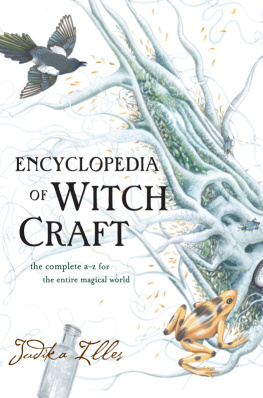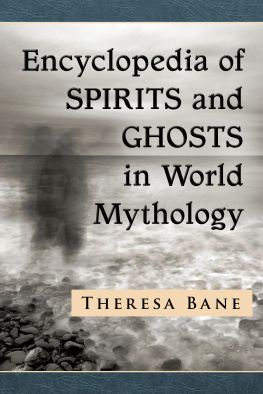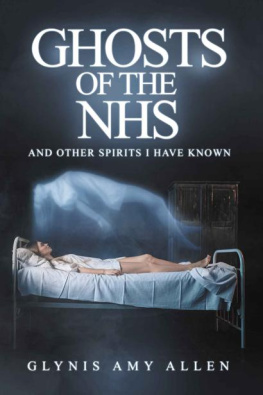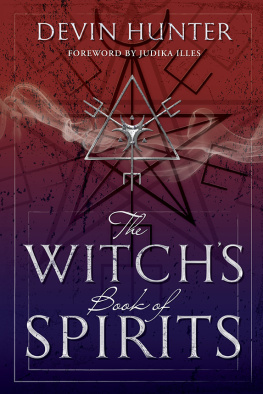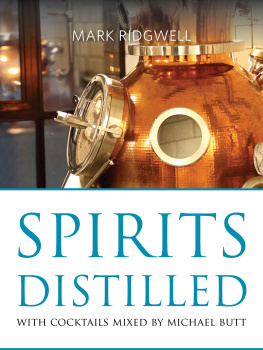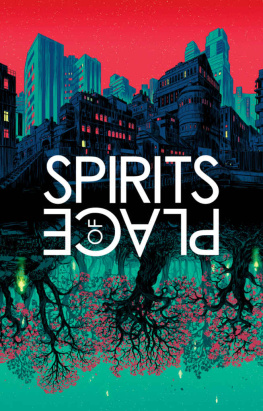Contents
F airies, demons, Djinn, devas, dybbuks, dakinis, Nymphs, mermaids, ghosts, nagas, orishas, lwa, mystres, Elves, dragons: thats just a few of the many kinds of spirit beings. Considering how many people vociferously refute their very existence, the extent to which spirits permeate modern human culture is astounding.
You dont have to believe in spirits to be surrounded by them. In fact, its pretty hard to avoid them. Let me repeat: spirits permeate human culture. References are so all-pervasive that it can be easy to overlook their original meanings.
S PIRITS P ERMEATE O UR L ANGUAGE
Do you want to flatter a woman? Call her a goddess. If a woman is beautiful, small, and lithe, she might be called a sprite or sylph. If you find this woman inspirational, shes your muse. If shes irresistible, shes a siren. Sprites, sylphs, muses, sirens: these are all categories of spirits.
Names of individual spirits permeate language, too. Want to flatter a man? Call him Adonis or an Apollo. If hes a musician, call him Orpheus. Maybe that beautiful woman isnt small and lithe; maybe shes voluptuous or statuesque, Junoesque, in other words. Coming up with these references is no Herculean task; just a little thought and effort and you, too, will be thinking up dozens. Heres a few more:
The name for the physical condition of an erection that refuses to recede (sometimes to the point of medical emergency) is priapism, inspired by Priapus, a Greek spirit, who, as his votive statues attest, sports a permanently erect phallus. Do you have an enemy, someone who is gunning for you? That person is your nemesis, named for the Greek goddess of justice and vengeance. Ever described being stuck in the office, stuck in an elevator, stuck in a traffic jam or hospital emergency room as like being stuck in hell? Youve just evoked Hel, Norse guardian of the realm of death. Trying to seduce someone? Try an aphrodisiacsomething evoking the power of Aphrodite, alluring goddess of love and sex.

Nemesis, priapism, and aphrodisiac are elegant words, indicative of a fine vocabulary. Spirits permeate all facets of speechobscenities, too. Ever muttered, Oh, Frigg! in a moment offrustration or told someone harshly to get away from your frickin car? That words not just a soundalike substitute for a stronger obscenity: its the name of yet another Norse goddess, alternatively spelled Frigg or Fricka. A modern obscenity for womens genitalia evokes the name of Kunti, a very ancient goddess of India, although honestly its doubtful whether most of those who use the word have a clue as to its origins or that the word emerged in sacred contexts.
Jumping Jupiter! By Jove! Names of spirits permeate modern marketing and brand names. Before Nike, Mercury, and Saturn named shoes, cars, or even planets, they named deities. It is not that manufacturers necessarily believe in these spirits or consciously wish to pay homage, but that the essences of these spirits have so permeated our cultural vocabulary that all it takes is their names to evoke visceral reactions en masse. For instance, I own lipsticks named after biblical seductresses: Salome, Jezebel, and Astarte. Go ahead and guess whether these lipsticks are bold and bright red or pale pink and sedate.
S PIRITS P ENETRATE O UR C ULTURE
They permeate literature from its earliest days to todays best sellers. Enheduanna, oldest known author in history, composed hymns to the goddess Inanna over four thousand years ago. Her work remains in print, now in English translation.
Spirits of one sort or another are significant characters in recent favorites like Philip Pullmans His Dark Materials trilogy, Neil Gaimans American Gods, and Gaiman and Terry Pratchetts Good Omens. The Da Vinci Code? Fascination with Mary Magdalen knows no bounds.
Sometimes references to spirits are intended literally; sometimes they serve as allegory or metaphor. Sometimes a spirits name is expected to do nothing more than evoke a mood or emotion, create some ambience.
Maybe folklore can exist without spirits, albeit in truncated form, but mythology definitely cant. Worldwide mythology is accurately defined as stories about and involving spirits. An entire literary genrefairy talesis named for a branch of the spirit world.
Literary classics are populated by spirits (The Aeneid, The Iliad, The Odyssey, Faust, Macbeth, or The Tempest). So are comic books: Morpheus, the Erinyes, Uma, Circe, and Lilith are but a few of the spirits who prowl through their pages, as do Brunnhilde the Valkyrie, hammer-deity Thor, and virtually the entire Nordic pantheon.
Folklore isnt only old. Brand-new folk tales featuring La Llorona, the Weeping Woman, and Bloody Mary, the killer in the mirror, emerge daily. Hawaiian volcano goddess Pel is the subject of modern urban legends and old myths.
Poems are full of spirits: again sometimes the allusions are intended literally, sometimes allegorically. Consider Edmund Spensers The Faerie Queene or Christina Rossettis The Goblin Market or various poems by William Butler Yeats. Im pulling these out of the air, somewhat randomly, in no particular order: thousands of others, maybe millions, could just as easily substitute.
If you have a taste for classical culture, then you may know that the very first official ballet was inspired by the witch-goddess Circe. It was but the first of many. Other dancing spirits include La Sylphides winged Scottish Fairies, Swan Lakes secret swan goddesses, and Giselles willies, an alternative name for vila, seductive, sometimes deadly, forest Fairies. (Vila guest star in the Harry Potter novels, too.)
Spirits permeate opera: for starters, Undina, Maria Padilla, Ariadne auf Naxos, and Richard Wagners entire Ring Cycle. (Speaking of rings, spirits are intrinsic to the plots of J. R. R. Tolkiens Lord of the Rings and the Ring series of novels, movies, and manga.)
Styles of art, literature, and music may come and go, but the spirits are eternal. They pervade popular music as completely as classical: Stupid Cupid! Cupid, draw back your bow! Venus: a hit song twice, years apart, for Shocking Blue and Bananarama; Venus in Blue Jeans; Bob Dylans Isis; Christina Aguileras Genie in a Bottle.
Sometimes references are metaphoric but not always. Sarah McLachlans touring festival of womens music celebrated feminine power via its very name, Lilith Fair, honoring Lilith, rebellious demon-goddess and first woman. Fleetwood Macs Rhiannon, ostensibly a song about a Welsh witch, actually evokes a Welsh goddess. Listeners unfamiliar with African-Diaspora religions understood Desi Arnazs trademark Babalu to be a fun novelty number rather than a tribute to a potent West African deity. (See


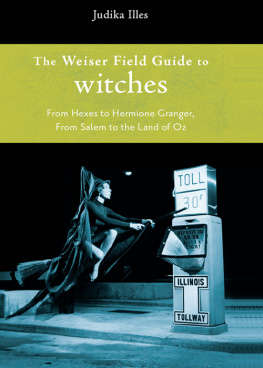
![Illes - The element encylopedia of 5000 spells: [the ultimate reference book for the magical arts]](/uploads/posts/book/203560/thumbs/illes-the-element-encylopedia-of-5000-spells.jpg)
